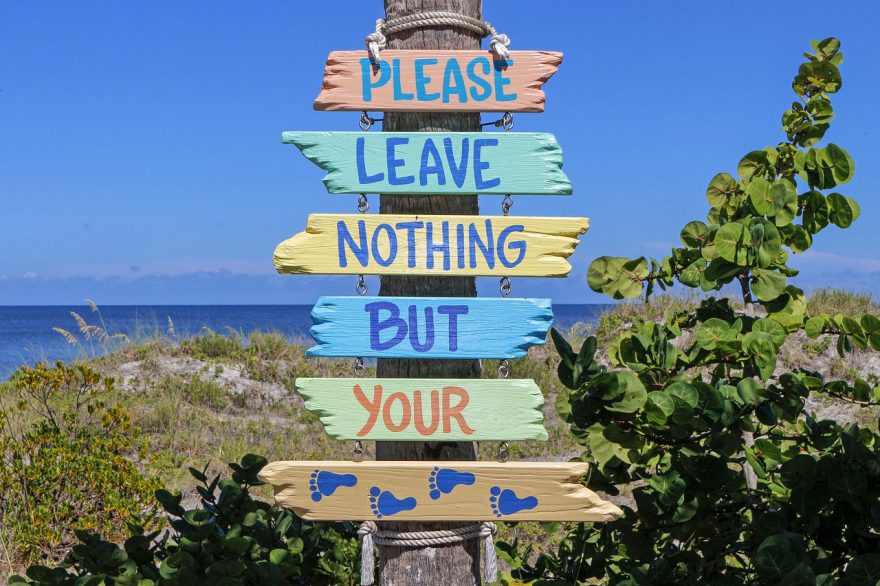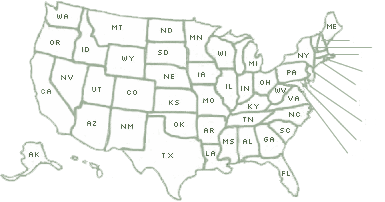
You’ll have heard the phrase, but do you really know what it means to leave no trace? It’s possibly something you’ve never cared too much about, but we reckon it is time you get a bit more serious about it.
‘Leave No Trace’ is the phrased coined to describe the best ways you can act while enjoying the great outdoors, without causing havoc for the environment around you. Some of the principles might seem insignificant to you, however, the combined effect of tens of thousand, if not millions of people, can lead to endless environmental issues.
Many of our outdoor regions are currently facing problems with litter, erosion, pollution, and suffering wildlife, to name a few.
The Leave No Trace Center for Outdoor Ethics aims to sustain the beautiful land that we live on so that future generations can continue to enjoy it for years to come. In doing so, they have created the 7 principles which we think you should take the time to learn.
Plan Ahead and Prepare
Hiker or camper, planning your trip in advance helps to minimize risk to both you and the land around you. By taking the extra five minutes to research the area you’ll be exploring, you can make sure that you will be complying with the proper rules and regulations which help to keep that place safe. You will also be sure that the route you choose to take is safe for your ability level and that you have a plan to clear up any trash you’ll have from your trip.
Travel and Camp on Durable Surfaces
When you’re out and about, either camping or having a picnic, ensure that you stick to well-established trails and aren’t contributing to the land’s erosion. If you’re in a well-used area, then try to concentrate your camp and not spread it out and choose a spot where there is no vegetation. If the area you’re in isn’t widely visited, then disperse your use when camping and avoid any paths you see which are forming.
Dispose of Waste Properly
Whether you’re aware of Leave No Trace or not, this is a practice you should absolutely already be used to using. Essentially, if you have trash, take it away with you. Be careful that you haven’t spilled any food or left materials behind which you brought to camp.
Read our guide on disposing of human waste safely when camping. Always dispose of it at least 200 feet from any water source. Additionally, wash with biodegradable soap and 200 feet from water sources.
Leave What You Find
Take only pictures. Allow others to be able to explore the area as well and don’t take anything away with you. Avoid disturbing historical structures and artifacts as well as leaving rocks, plants, and animals exactly where you found them.
Minimize Campfire Impacts
Camping and campfires come hand in hand but they are destructive for the land around you. Instead, you should consider taking a lightweight stove which leaves very little impact on the environment. If you do choose to build a fire, use an established fire ring and keep it small, making sure that you completely put it out before you leave.
Respect Wildlife
You should never bother the animals around you. It is ok to enjoy observing them from a distance but resist from feeding or touching them. If you feed wildlife, it will change their natural behavior and can have a long-term impact on how they find food and interact with humans.
Be Considerate of Other Visitors
Everyone has the right to discover our beautiful lands. This comes as common sense for most, however, you should keep noise to a minimum and travel in relatively small groups. Give other campers space and do not disturb their stay.
 Your Privacy Choices
Your Privacy Choices

